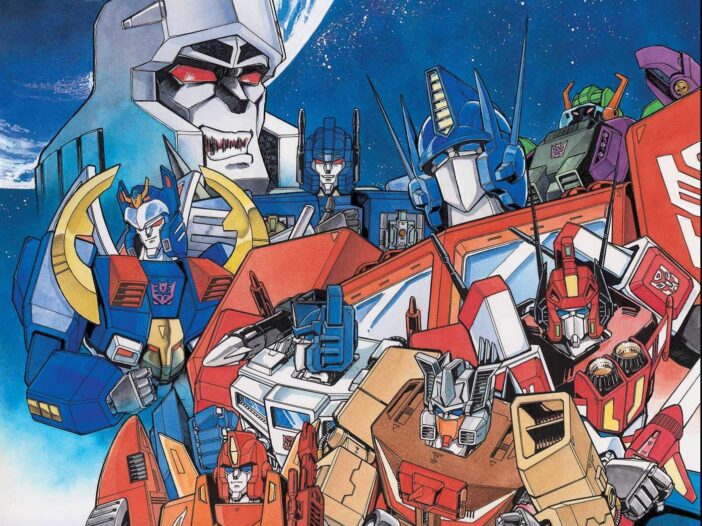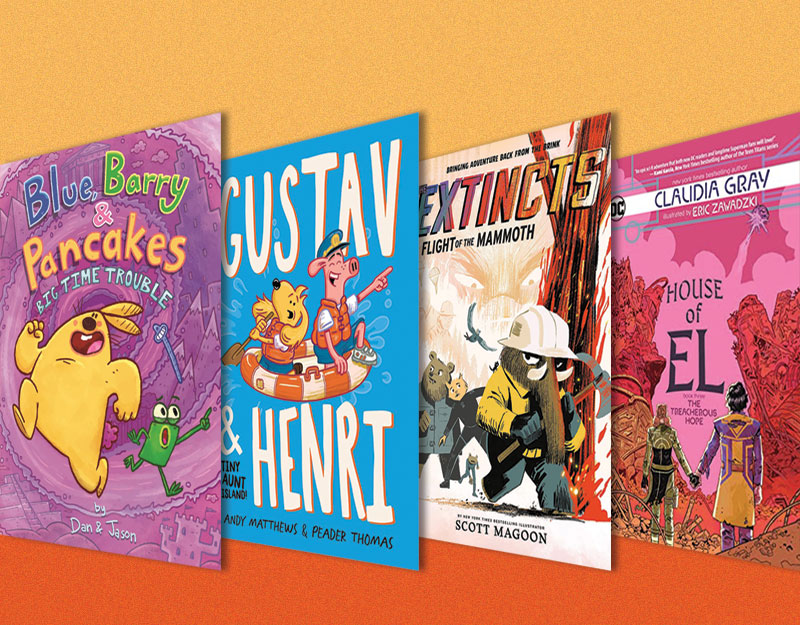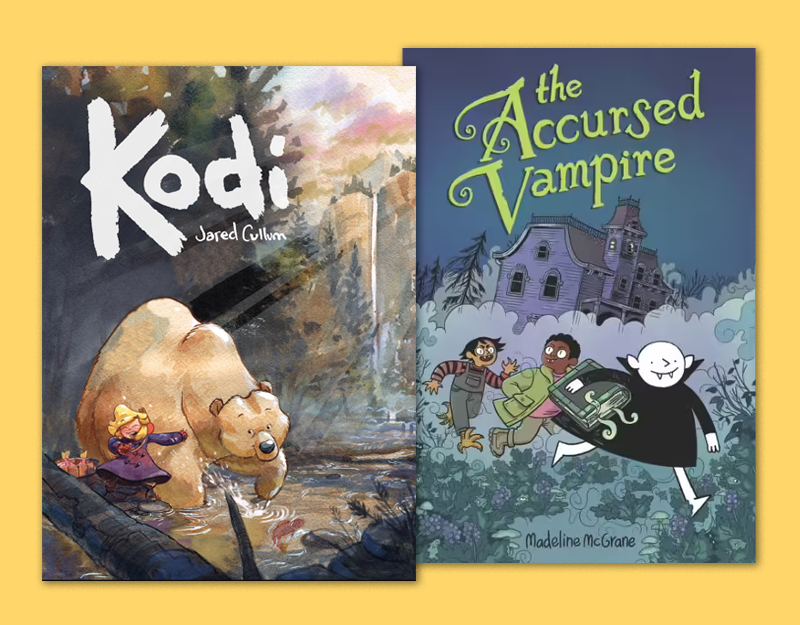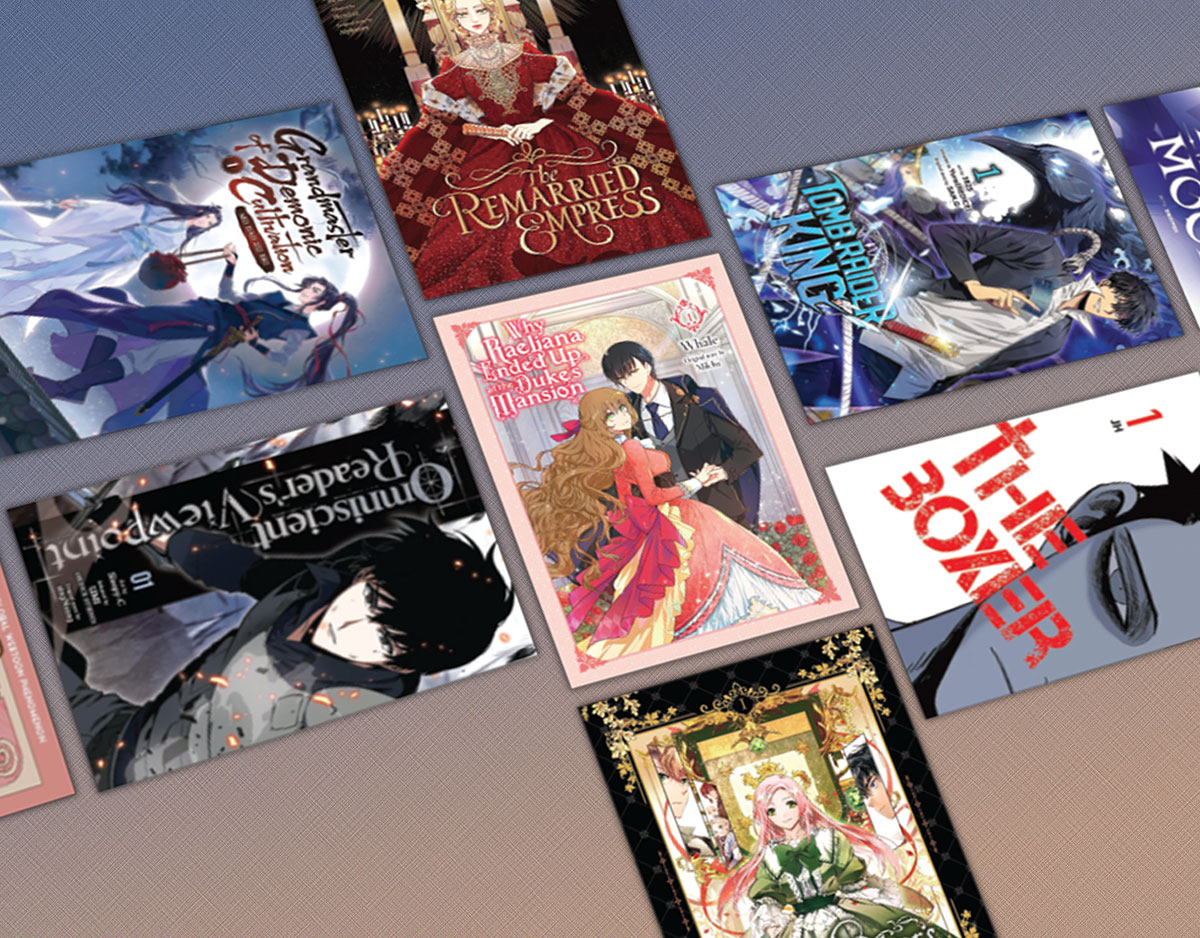
Review: ‘Transformers: The Manga’ Vol. 1

The Transformers: The Manga Vol. 1
Writer: Masumi Kaneda
Artist: Ban Magami
Viz Media; $24.99
Rated A for All Ages
Not long after Marvel started publishing comics based on Hasbro’s popular new Transformers toyline in the 1980s, Transformers comics also started appearing on the other side of the Pacific, in the pages of Japan’s TV Magazine. Though they featured the same characters and basic plot, the comics were as different as, well, as different as Marvel comics and manga. For years, curious fans had to settle for whatever unofficial scans and translations they could find online, but now Viz has collected the first chunk of Transformers manga into a handsome hardcover collection.
The book begins with a six-page black, white, and red summary of the basic Transformers story of giant alien robot warriors who can change into vehicles and suchlike bringing their war to Earth, and it then proceeds with three consecutive stories originally published in 1986.
ADVERTISEMENT
ADVERTISEMENT
One neat thing about the comic is that, because it was set in the future and transforming giant alien robot warriors never really go out of style, relatively little about it feels dated (other than the presence of mini-cassette robots and their boss who turns into a tape recorder, I guess).
The first of these story lines is “Fight! Super Robot Life-Form Transformers” (can you tell these titles were translated from Japanese?), and consists of eight standalone 12-page stories. These all follow the basic set-up of the familiar “Generation 1” cartoon, with the evil Decepticons trying out some nefarious plan and the heroic Autobots foiling it. Each story tends to showcase particular characters or groups of characters. For example, one story features the diminutive Bumblebee being menaced by the aforementioned mini-cassette robots, while the next one pits the Autobots’ “Four-Wheel Drive Corps” against the Insecticons.
What differentiates these episodic stories from the American versions are that they are all set in and around Japan, of course, and that the point-of-view character and “honorary Autobot” is a school boy named Kenji.
There are other minor differences, which fans will notice, and these seem to increase as the manga moves on and the sagas of the American and Japanese Transformers diverge. (In America, the original cartoon ended with a truncated season 4, while in Japan, they started creating their own shows after season 3 and kept going with the same continuity far longer.)
The next sequences, “The Story of The Super Robot Life-Forms: The Transformers” and “The Great Transformers War”, are much shorter, at five chapters and three chapters, respectively. They feature a time jump and an all-new cast, with the new Autobots and Decepticons introduced in 1987’s Transformers: The Movie taking center stage and only few stragglers left from the earlier section of the manga joining them, although more characters return for the final section. The focus here shifts to outer space battles, and various special teams of Transformers that combine to form giant robots…or more gigantic robots, I guess.
That’s followed by some 70-pages worth of illustrations from TV Magazine, some of which are full-color, others of which are black-and-white.
The Transformers characters and designs are incredibly at home in manga, and there’s nothing particularly weird about this particular example of Western-comics-characters-appearing-in-manga, like, say, various manga and manhwa versions of Batman, The Justice League, or The Avengers. That’s not simply because the Japanese pop culture has always been so friendly to giant robots but also because this particular franchise has always been something of a back-and-forth collaboration between Japan and the U.S.; while Hasbro and Marvel might have given the characters their names and story, the designs themselves originally came from Japanese company Takara’s toyline (toylines, plural, actually; Diaclone and Microman).
ADVERTISEMENT
ADVERTISEMENT
The biggest challenge young readers might have with the book is that the jumps in setting and to a new and different cast are more-or-less out-of-context, since modern readers won’t be watching particular seasons of a 1980s cartoon while reading them.
In addition, the lack of color sometimes makes some of the panels featuring large groups of Transformers look like walls of indistinguishable mechanical details. Luckily, the characters do have a habit of announcing themselves (“I, Metroplex, will fight you!”) and naming one another in their dialogue, so even if individual character designs don’t all necessarily pop, a reader can easily find their way through the occasional 20-robot brawl.
Regardless, this is a really fun read, bringing to bear manga’s ability to portray dynamic action and toggle quickly between humor and melodrama in a way that American comics, especially American Transformers comics of the same era, couldn’t hope to match.
Viz obviously anticipates a hit, as a second volume is already scheduled for a May release. I think they’re right to anticipate one. Between die-hard Transformers fans, merely curious manga readers, and the apparently constantly replenishing audience of kids interested in the franchise, there should be plenty of readers interested in the giant alien robot warriors’ “lost” Japanese adventures.
About J. Caleb Mozzocco
J. Caleb Mozzocco is a way-too-busy freelance writer who has written about comics for online and print venues for a rather long time now. He currently contributes to Comic Book Resources' Robot 6 blog and ComicsAlliance, and maintains his own daily-ish blog at EveryDayIsLikeWednesday.blogspot.com. He lives in northeast Ohio, where he works as a circulation clerk at a public library by day.
ADVERTISEMENT
ADVERTISEMENT
SLJ Blog Network
The Moral Dilemma of THE MONSTER AT THE END OF THIS BOOK
Cover Reveal and Q&A: The One and Only Googoosh with Azadeh Westergaard
Fighting Public School Book Bans with the Civil Rights Act
ADVERTISEMENT







